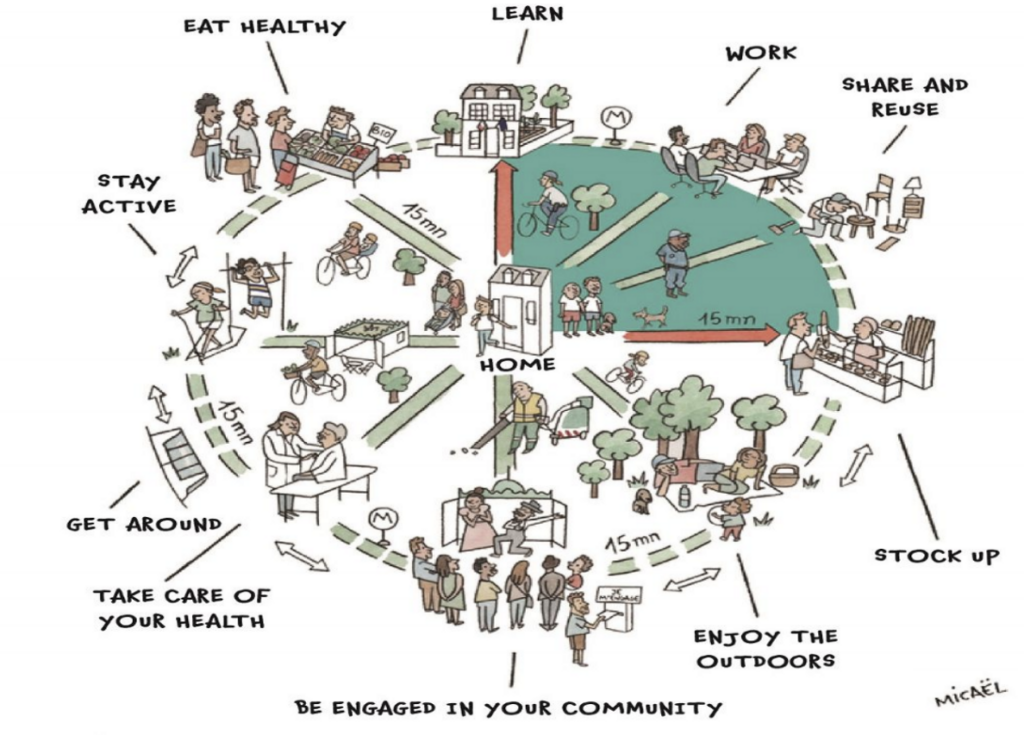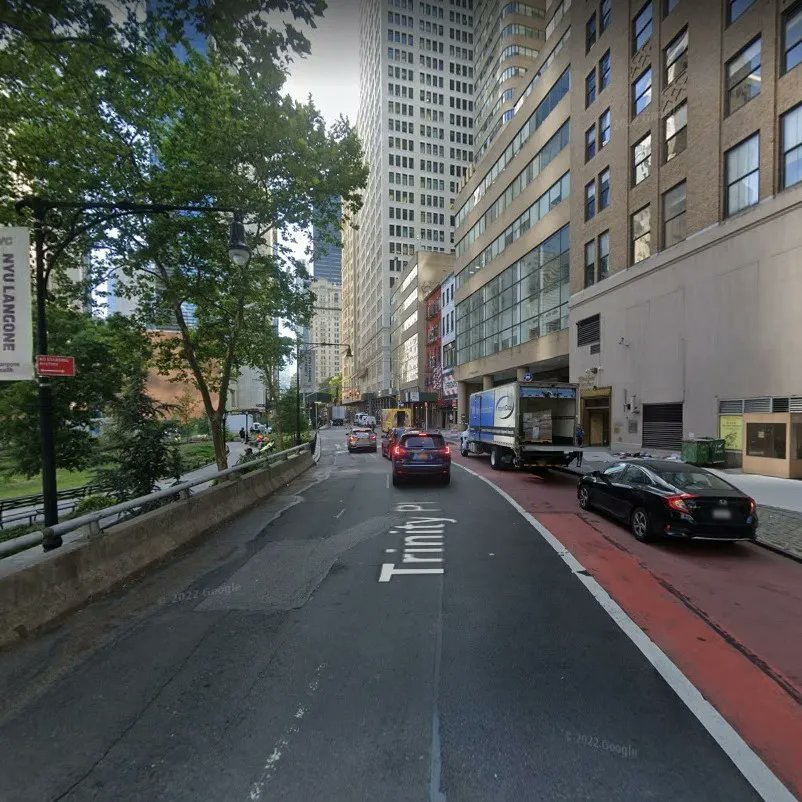Will AI revolutionize urban planning?
Picture this: it’s Monday morning, you have just woken up after a good night sleep, had decent breakfast, meditated a bit and just finished the usual toilet/shower/makeup/getting dressed routine. The clock runs fast, and after looking at your fresh to-do list it seems this is going to be a very busy day. Once you leave your apartment you won’t be back soon, two hours top (sic!) That’s just a dream, nowadays it will take ages to get all the things sorted, you will be back in the afternoon. But, how cool would life be if the idea of a 15-minute city turned real! Have you heard about it?
The 15-minute city concept assumes that all basic needs and services are within a 15-minute reach from home. Just walk or use a bike to get your shopping done, visit a doctor, go to work, school or a park. Complete, connected neighborhoods, easy to live in, even easier to stay true to the eco-friendly lifestyle. The best answer to today’s architectural and spatial issues, isn’t it? According to Carlos Moreno, yes. But how to get there? Is it even possible? It turns out artificial intelligence can help us out.

Yu Zheng and his fellow researchers at Tsinghua University in China wanted to find solutions that would bring currently crowded and concrete-filled cities closer to the ideal of a 15-minute city. In effect they have demonstrated how AI can help urban planners create more efficient spatial layouts in a fraction of the time it would take for humans to do the same. After precise development and adequate training, the AI-based system demonstrated its full potential by generating urban plans that surpassed human designs by 50% across three critical metrics: accessibility to services, availability of green spaces, and traffic management. For the time being the model was used only at an area of a few square kilometers and it is quite obvious that when applied on a much larger scale it will come across more complexed tasks and challenges. Zheng and his colleagues believe that when AI could act as a human assistant, they would simply adapt its designs, plans and concepts to the existing reality, the synergy would allow planners to focus on other issues that require human consideration, such as social engagement and aesthetics, and leave what can be automated to machines.
(source: web)

On X you can already see what would have happened if AI was given street transformation challenges. Trinity Place (Manhattan, NYC), or Bushwick Ave (Brooklyn, NY) are just teasers for you to jump right at it here. Definitely worth seeing.


source: X
Bushwick Ave (Brooklyn, NY)


source: X
In 2022, a book entitled Artificial Intelligence in Urban Planning and Design: Technologies, Implementation, and Impacts was published by Elsevier Science that explains nascent applications of AI technologies in urban design and city planning, providing a thorough overview of AI-based solutions at that time. If you are interested you can preview the publication here.